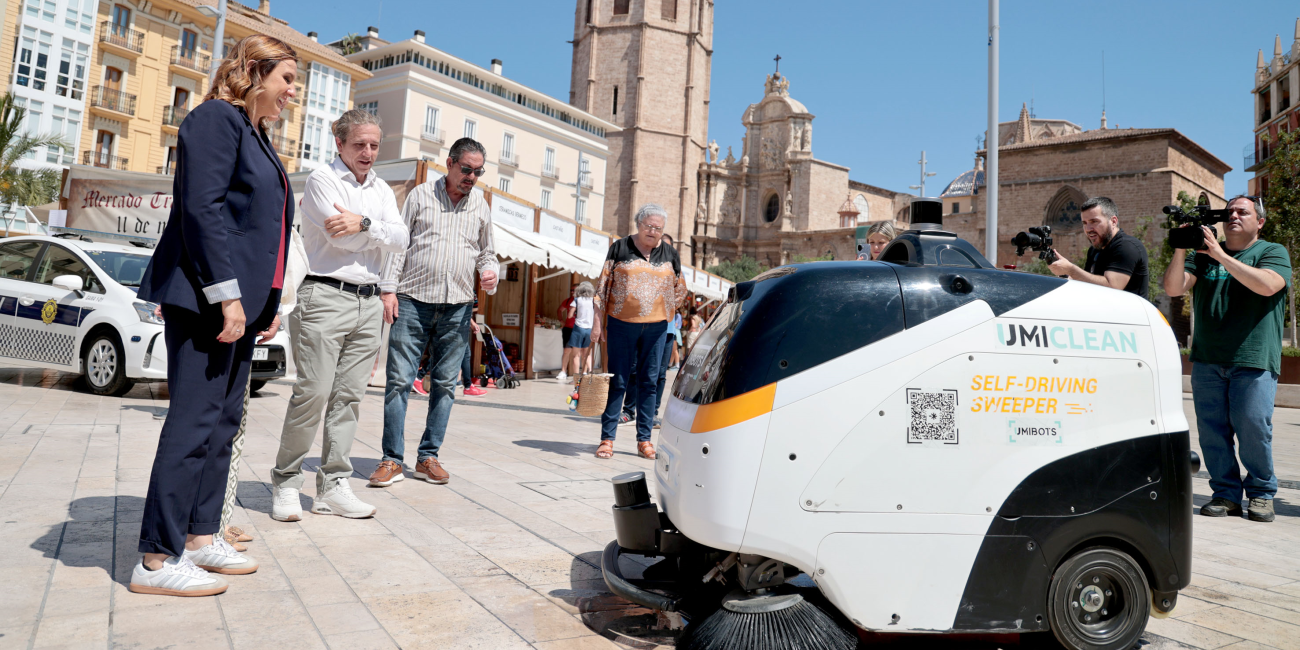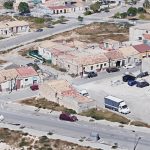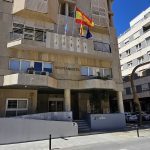Valencia is testing the first autonomous and intelligent street cleaning robot as part of its Sandbox policy. Yesterday, Monday May 26th, Mayor María José Catalá, Councillor for Innovation Paula Llobet, and project officials participated in a pilot test of an automated and intelligent street cleaning system.
The experimental project will take place over the coming weeks at Plaza de la Reina and surrounding the Central Market, in pedestrian plazas where the robot has been deployed for urban cleaning activities. The device can cover up to 4,000 square metres in an hour and reach speeds of 5 km/h. It cleans, vacuums, and sweeps, and communicates with AI (Artificial Intelligence) via cameras and sensors. Furthermore, the mayor stated that the truck may receive instructions via an electronic platform, “allowing it to respond in real time to any instructions or complaints from any neighbour.”
Mayor María José Catalá aims to improve sustainability, urban health, mobility, and citizen participation in Valencia by promoting initiatives that integrate future solutions.
The UmiClean smart robot joins the City Council’s current trial of the UmiBeach sandbot, which was built by the same business and is a tracked vehicle specifically designed for sand cleaning. In this way, Valencia continues to improve its Urban Sandbox law, which went into effect last September. Since its inception, it has examined 14 creative concepts and approved 11 initiatives “that are already transforming the relationship between citizens, technology, and public space,” as the Mayor stated.
The Urban Sandbox ordinance is a public-private collaboration that governs and encourages economic development based on science, technology, and innovation. It is based on viewing the entire city of Valencia and its urban resources (spaces, infrastructure, and events) as a true space for experimentation and innovation, where the innovative ecosystem of companies, startups, and universities can test their projects to validate and improve their products and services before launching them into the market. As Maria José Catalá puts it, “We facilitate the connection between entrepreneurs, technology centres, universities, and citizens in a real environment with the aim of driving economic and social development in our city.”
The guiding philosophy behind this entire project is “You provide the idea.” Here’s the city,” explained the mayor, who added that “the raw material for innovation is ideas, investment, and the capacity to test them in real-world conditions. And this is where Valencia City Council emerges as a trustworthy private-sector partner, providing what no investment could achieve on its own: a city and its resources as a real and meaningful testing environment.”
In the eight months since the Valencia Urban Sandbox began operating, 11 projects have already been approved. These include autonomous cleaning robots for public streets and beaches (UmiClean and PlatjaBot), urban logistics with last-mile electric robots (MercaBot), water monitoring sensors to modernise the irrigation ditch network (HortaTech), artificial intelligence for monument recognition, and solutions for measuring biodiversity through bird sounds (BioSoundscape). “And we will continue to expand the catalogue of spaces for experimentation,” the mayor stated. “We have incorporated 13 municipal libraries, the hydraulic infrastructure that makes up the municipal system of francs, marjals, and extremals… and more will be added soon.”
“Valencia is a pioneering city in providing urban spaces and infrastructure so that many innovation projects can achieve success,” Catalá added, highlighting that “other cities like Madrid, Barcelona, and Zaragoza are following in our footsteps.”
This model positions the city to attract new economic, scientific, and technical investments while also maintaining talent and enterprises that are no longer driven to leave the region to develop innovation. Furthermore, the Urban Sandbox leads to improved quality and excellence in municipal public service delivery, as well as increased efficiency and effectiveness in the management of public resources provided by the local government to all inhabitants.









No Comment! Be the first one.